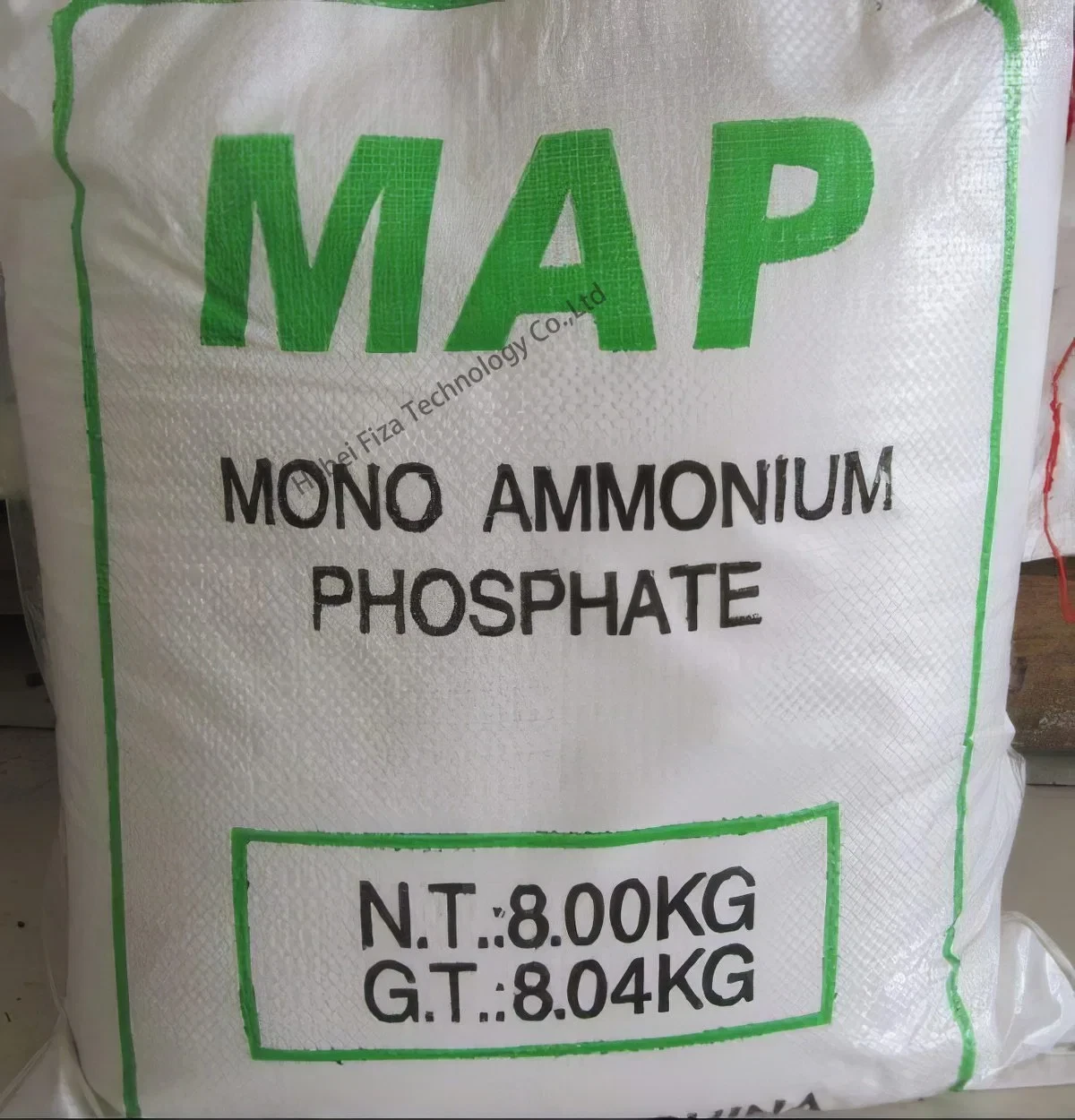



1 percent sodium hypochlorite solution uses
Uses of 1% Sodium Hypochlorite Solution
Sodium hypochlorite (NaOCl) is a widely used chemical compound known for its powerful disinfectant and bleaching properties. A 1% sodium hypochlorite solution is particularly common in various applications, primarily due to its effectiveness and relative safety when used properly. This article will explore the multiple uses of a 1% sodium hypochlorite solution across different sectors, including healthcare, sanitation, and household cleaning.
1. Disinfection in Healthcare Settings
One of the most critical uses of a 1% sodium hypochlorite solution is in healthcare facilities. Hospitals and clinics recognize the importance of maintaining a sterile environment to prevent infections. Sodium hypochlorite is effective against a wide range of pathogens, including bacteria, viruses, and fungi, making it an essential tool for infection control.
It is commonly used to disinfect surfaces, instruments, and shared equipment. For example, high-touch areas such as doorknobs, light switches, and countertops can be treated with this solution to eliminate pathogens. Furthermore, it can be used to disinfect medical waste and manage biohazardous materials safely.
2. Water Treatment
Another notable application of a 1% sodium hypochlorite solution is in water treatment. Sodium hypochlorite is widely recognized for its ability to purify drinking water. Local water treatment facilities use sodium hypochlorite to disinfect water supplies, effectively killing harmful microorganisms that can lead to waterborne diseases.
Regulatory agencies often recommend maintaining specific chlorine levels in potable water to ensure safety, and sodium hypochlorite serves as a reliable source of chlorine. Its use in this context is crucial for public health and safety.
3. Sanitation in Food Service
In the food service industry, cleanliness is paramount. A 1% sodium hypochlorite solution is routinely used for sanitizing surfaces, utensils, and equipment in kitchens and food preparation areas. The solution significantly reduces the risk of foodborne illnesses by ensuring that harmful bacteria, such as Salmonella and E. coli, are effectively eliminated.
1 percent sodium hypochlorite solution uses

Food handlers can utilize sodium hypochlorite for washing fresh produce or sanitizing food-contact surfaces. However, it is essential to rinse surfaces with potable water after using the solution to prevent any residual chemical contamination.
4. Household Cleaning
For household use, a 1% sodium hypochlorite solution is a cost-effective and efficient cleaning agent. Many homeowners utilize this solution for its disinfecting properties in bathrooms and kitchens. For instance, it can be used to clean and sanitize countertops, sinks, and toilets.
While using sodium hypochlorite in the household, it is crucial to follow safety guidelines. The solution should be diluted appropriately, and users should wear gloves and ensure proper ventilation to avoid irritation from fumes. After application, it is advised to rinse surfaces effectively to eliminate any chemical residue.
5. Odor Control
Another practical application of a 1% sodium hypochlorite solution is in odor control. The compound’s strong oxidizing properties help neutralize unpleasant odors, particularly in areas like garbage disposal units or pet litter boxes. Spraying or wiping surfaces with a diluted sodium hypochlorite solution can not only disinfect but also significantly reduce odors.
6. Textile and Surface Bleaching
Sodium hypochlorite is recognized for its bleaching capabilities, making it useful for laundry and fabric care. A 1% solution can effectively whiten fabrics and remove stains. However, it should be used with caution, as it can damage certain materials. Always check fabric labels and conduct a spot test before applying.
Conclusion
In conclusion, a 1% sodium hypochlorite solution serves a variety of practical purposes across multiple sectors, from healthcare to household cleaning. Its effectiveness as a disinfectant makes it an invaluable resource for promoting health and hygiene. However, users must be aware of safety measures to mitigate any potential risks associated with its use. When used correctly, sodium hypochlorite can play a significant role in creating cleaner, safer environments.
-
Why Sodium Persulfate Is Everywhere NowNewsJul.07,2025
-
Why Polyacrylamide Is in High DemandNewsJul.07,2025
-
Understanding Paint Chemicals and Their ApplicationsNewsJul.07,2025
-
Smart Use Of Mining ChemicalsNewsJul.07,2025
-
Practical Uses of Potassium MonopersulfateNewsJul.07,2025
-
Agrochemicals In Real FarmingNewsJul.07,2025
-
Sodium Chlorite Hot UsesNewsJul.01,2025










